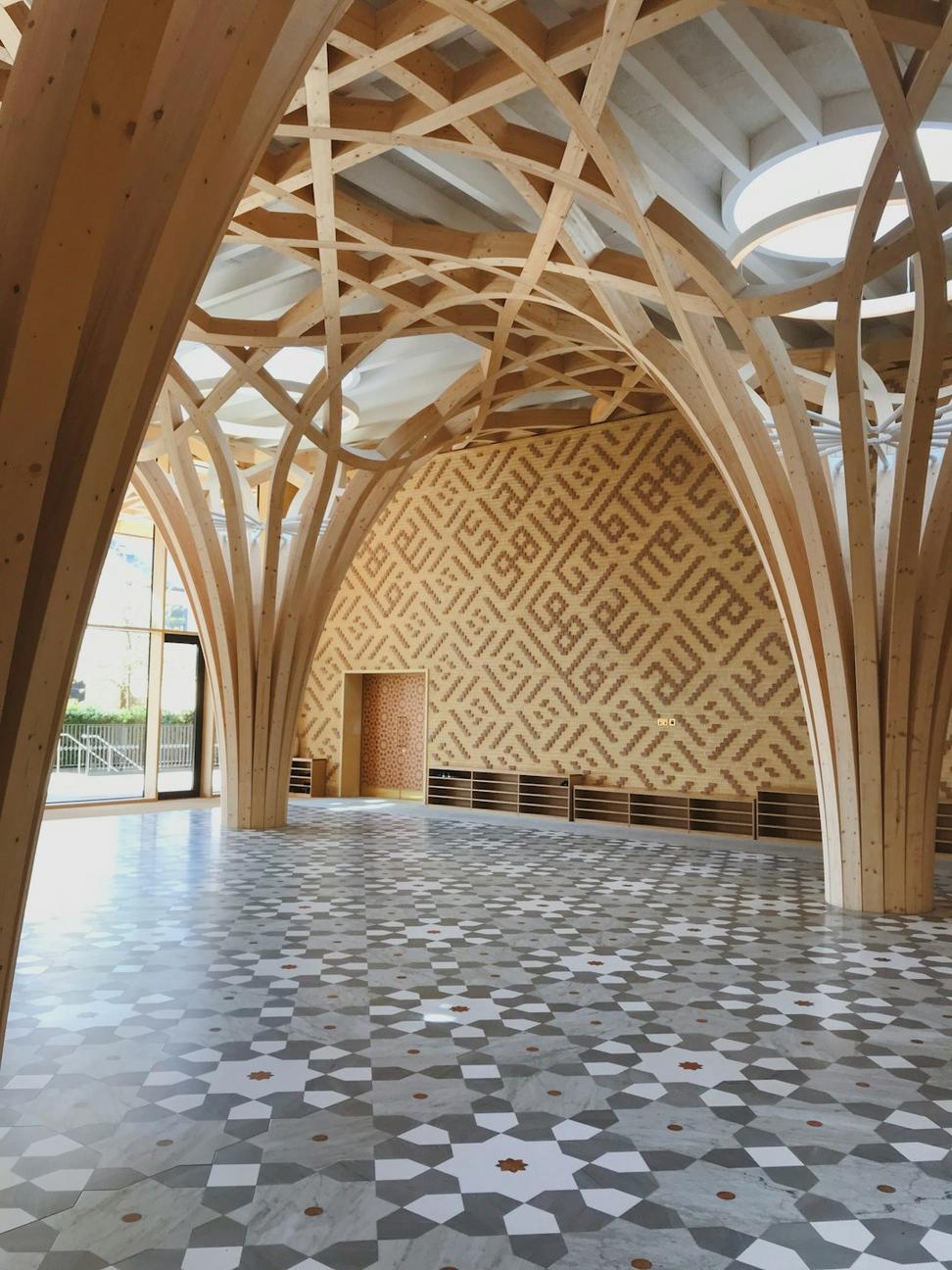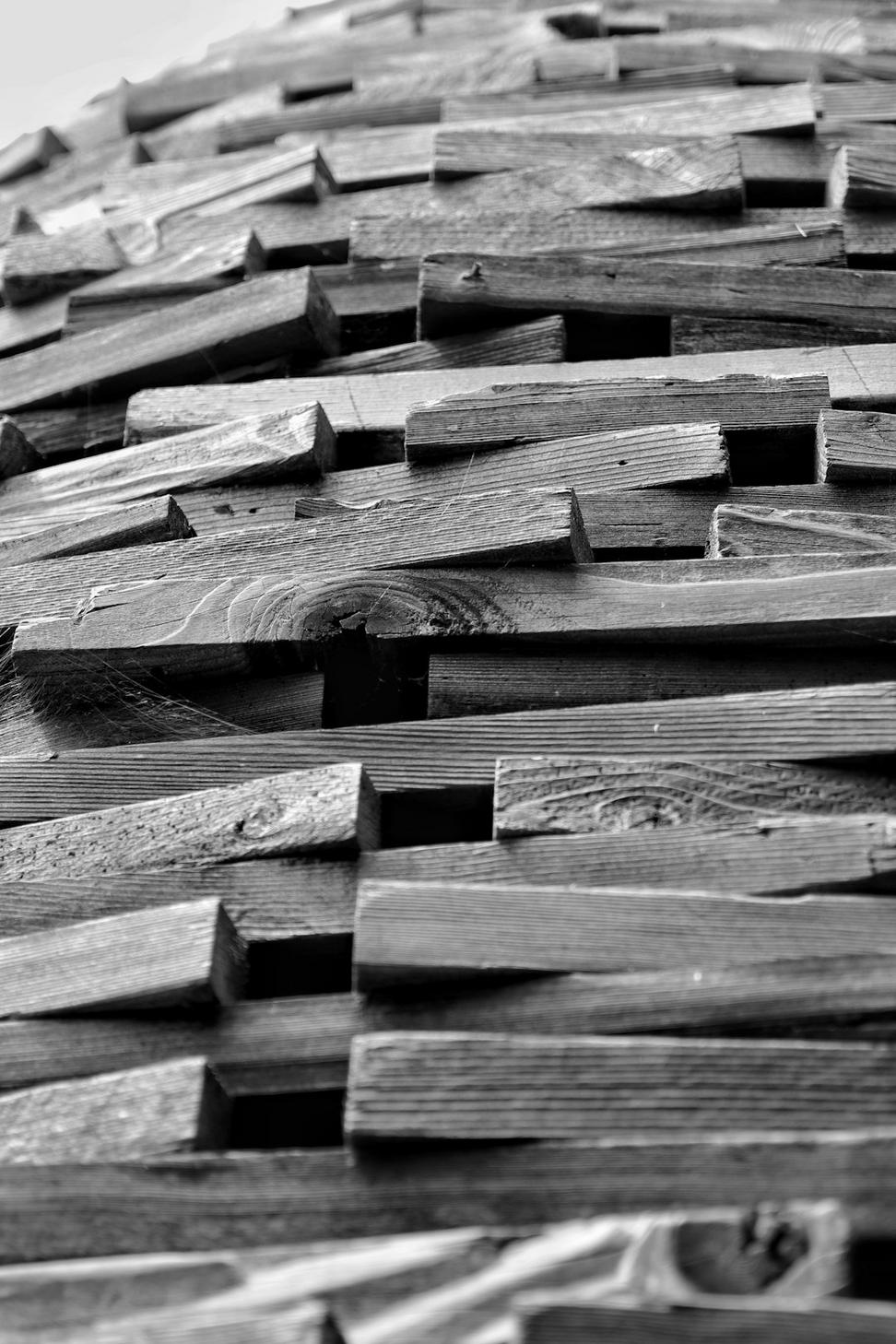
Honestly? We're Kinda Obsessed
Started back in 2015 when we realized every project we touched was leaving a footprint we weren't proud of. So we basically tore up the rulebook and started from scratch.
These days, sustainability isn't some add-on feature we slap onto designs - it's literally baked into everything from our initial sketches to the final walkthrough. We've learned that the best green buildings don't feel like compromises. They're just... better buildings.
Our team spends way too much time nerding out over new materials, energy systems, and construction methods. But hey, when you see a building operating at 70% less energy than conventional designs while people actually love working in it? That's the good stuff.
